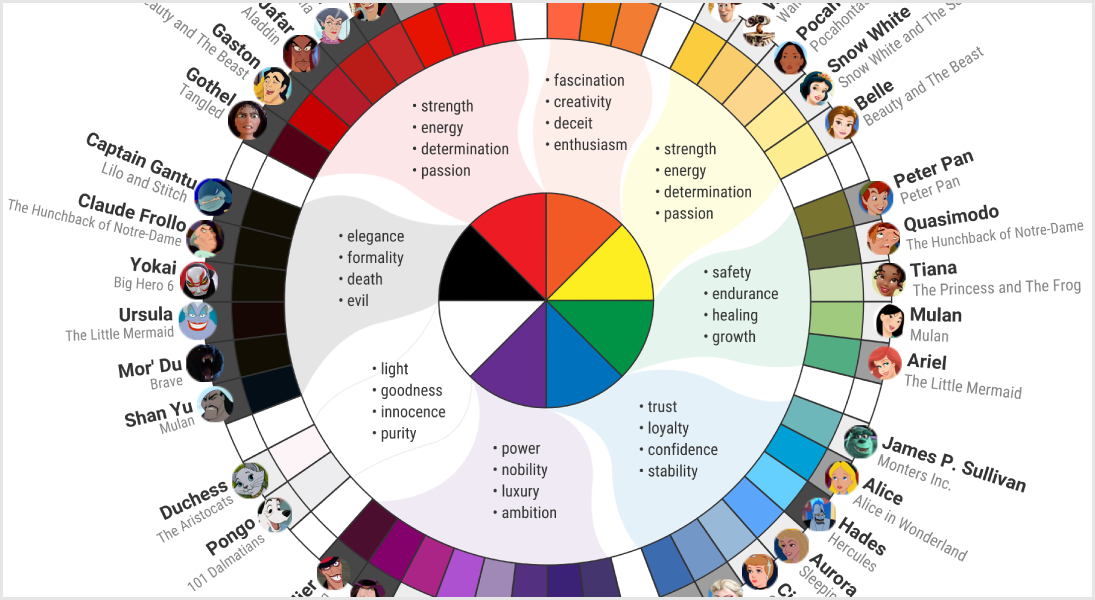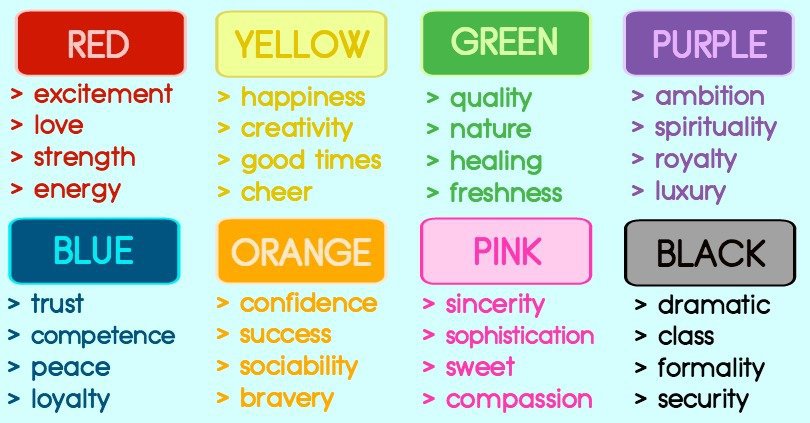Exploring the Fascinating World of Colour Character
In the realm of human perception, the intricate interplay of colors and character traits has captivated researchers, artists, and psychologists alike. This article delves into the enchanting concept of "colour character," where hues and shades are associated with specific personality traits and emotions. From the warm embrace of red to the calming presence of blue, this exploration sheds light on the profound connections between colors and our inherent nature.
1. The Psychology of Colors

The Psychology of Colors
Red: The Bold and Passionate
Symbolism: Red is often associated with intensity, passion, and energy.
Traits: Those drawn to red are often perceived as confident, bold, and adventurous.
Applications: Red is used to evoke excitement and urgency in marketing materials.
Blue: The Calm and Rational
Symbolism: Blue represents tranquility, depth, and logic.
Traits: Individuals who favor blue are often seen as calm, rational, and reliable.
Applications: Blue is commonly used in corporate settings to convey professionalism and trust.
Yellow: The Energetic Optimist
Symbolism: Yellow embodies optimism, creativity, and energy.
Traits: People drawn to yellow are often characterized as cheerful, creative, and outgoing.
Applications: Yellow grabs attention and is utilized to promote happiness and positivity.
Green: The Harmony Seeker
Symbolism: Green symbolizes growth, balance, and harmony.
Traits: Those with an affinity for green are often associated with adaptability, empathy, and equilibrium.
Applications: Green is used to promote eco-friendliness and tranquility.
2. Color-Character Associations in Cultural Contexts

Color-Character Associations in Cultural Contexts
Eastern Cultures:
In Asian cultures, red is often linked to luck and prosperity, while white represents purity and mourning.
Blue is associated with healing and calmness, embodying a sense of spirituality in many Eastern traditions.
These associations influence everything from clothing choices to festive decorations.
Western Perspectives:
Western cultures often connect black with formality and elegance, while red conveys romance and passion.
Blue is often used to denote trust and reliability, making it a staple in corporate branding.
These color-character associations shape societal norms and impact marketing strategies.
3. The Artistic Expressions of Color Character
Visual Arts:
Artists have long utilized color palettes to evoke emotions and convey themes in their works.
Warm colors like orange and red may be used to evoke intense feelings, while cool colors like blue and green offer a sense of calmness.
Literature:
Writers often employ color symbolism to enhance character development and storytelling.
A character's preference for certain colors can offer insights into their personality traits and emotional states.
4. The Role of Color Character in Branding
Logo Design:
Brands carefully select colors for their logos to align with their desired brand image.
The color choices influence how consumers perceive the brand's values and offerings.
Marketing Campaigns:
Marketers leverage color psychology to create impactful campaigns that resonate with target audiences.
Choosing the right colors can enhance engagement and elicit desired emotional responses.
In the intricate tapestry of human perception, color character weaves a mesmerizing connection between the visual and the emotional. From the fiery passions of red to the serene depths of blue, our preference for certain colors unveils glimpses of our inner nature. Whether in art, culture, or branding, the interplay of color and character continues to shape our world in captivating and meaningful ways.